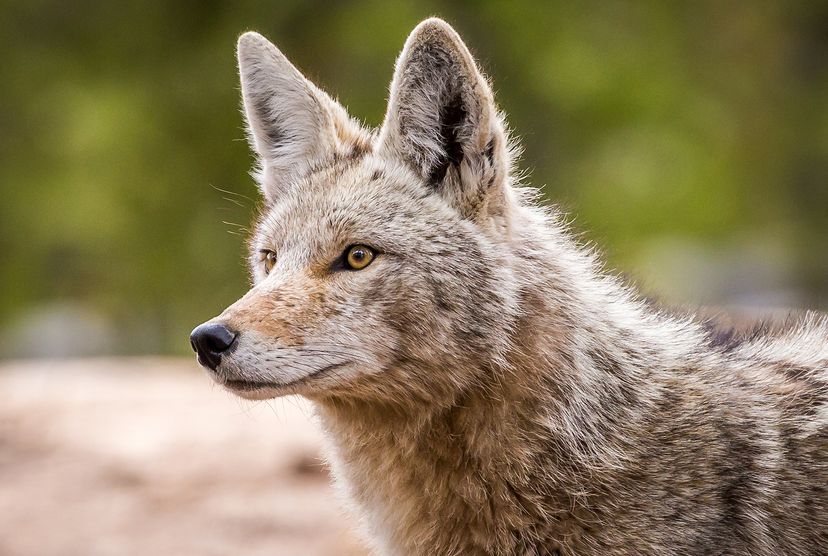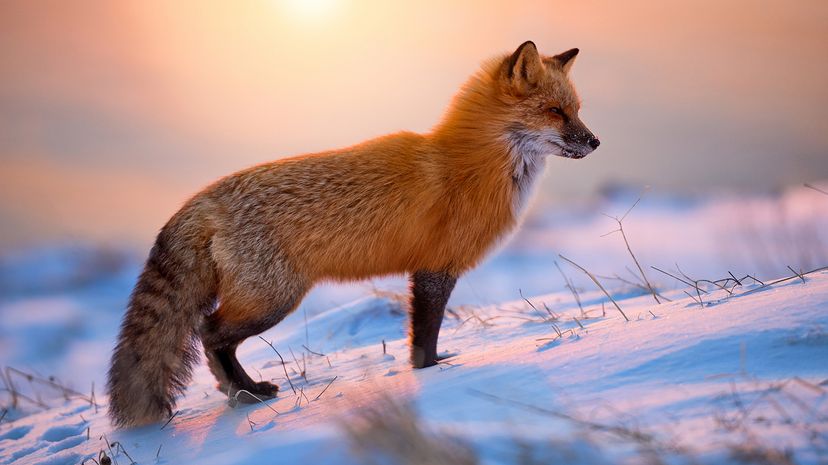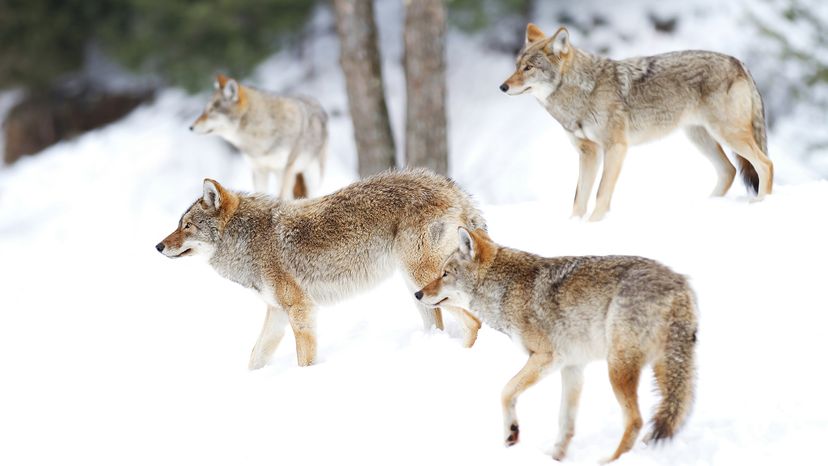
When it comes to wild canines, coyote vs. fox identification can be tricky. At first glance, both coyotes and foxes may look similar with their bushy tails and pointed ears. But these two animals have plenty of key differences, including size, behavior, habitat and even how they hunt.
Both coyotes and foxes belong to the canine family, but foxes are part of the genus Vulpes, while coyotes are more closely related to gray wolves in the genus Canis. The coyote population has expanded in many areas, often overlapping with red fox and gray fox territories. While both species thrive in various environments, they each have unique adaptations that set them apart.
Advertisement
Let's take a deeper look at what makes each of these predators unique.



